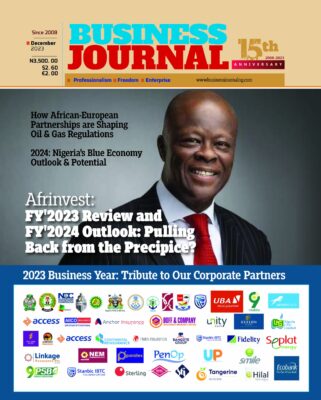The Middle East and Africa (MEA) wearables growth story continues unabated, with the latest figures from International Data Corporation (IDC) showing that the market grew 66.0% year on year in Q2 2016 to total approximately 482,000 units for the quarter.
The global technology research and consulting firm’s findings indicate that shipments of basic wearables (i.e., devices that do not support third-party applications) increased 79.8% year on year in Q2 2016, while shipments of smart wearables (i.e., devices that do support third-party applications) increased 40.5% over the same period.
“Fitness trackers continue to make up much of the market’s volume and are proving popular for the value for money they offer,” says Nakul Dogra, a Senior Research Analyst for Personal Computing, Systems, and Infrastructure Solutions at IDC Middle East, Africa, and Turkey.
“Price points continue to fall, which is further fueling the growth of these devices, with basic wearables accounting for 70.3% of overall MEA shipments in Q2 2016. Smart wearables are also gaining traction in the region, but uptake is not so strong as consumers don’t yet perceive much added value in opting for more expensive smart devices.”
A splurge by early adopters helped drive the initial growth for smart wearables, but IDC expects the next wave of adoption for these devices to come from value-seeking consumers or those looking to upgrade from basic wearables.
“Vendors are currently undertaking efforts to improve the form factor of these devices and make them more appealing to the mass market,” says Dogra. “But there is still considerable ground to be made up in convincing more price-conscious consumers that these products have a valuable role to play in everyday life beyond fitness.”
“As with smartphones, there are numerous vendors present in the market but there is little differentiation between their products other than price,” continues Dogra.
“As such, it is important for vendors to develop compelling new applications and designs for their products. For example, the launch of new products incorporated within clothing, earwear, and footwear, will help to further boost the appeal of wearables to a wider audience.”
Looking at 2016 as a whole, IDC expects the MEA wearables market to grow 33.9% year on year in unit terms. This growth will be driven by a 42.5% increase in shipments of basic wearables, while the growth for smart wearables will be a more modest 16.7%.
“There is still plenty of room for the MEA wearables market to grow as penetration remains on the low side,” says Dogra.
“The market has almost reached a stage where the further miniaturization of devices will become a major challenge, so the onus lies on vendors to develop new applications, increase the use of historical data to simplify the user experience, and enable interaction between multiple gadgets in order to push the market’s growth potential further.”
These are exciting times for the wearables market, with niche and mass-market introductions set to change the way we interact with technology in our day-to-day lives. To keep pace with the changes taking place in this fast-moving market, IDC has launched its Worldwide Quarterly Wearable Device Tracker, which assists vendors that are looking to enter this market, promote new product developments, or accelerate the growth of their wearables divisions.
The tracker includes details on products, vendors, and technology trends at both global and country levels, as well as historical market data and five-year forecasts. The report also provides valuable insights into the adoption of core wearable features, such as form factor, connectivity, sensors, operating systems, and applications, and offers invaluable assistance to tech firms looking to develop successful long-term business strategies for wearable devices.















